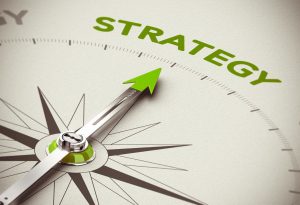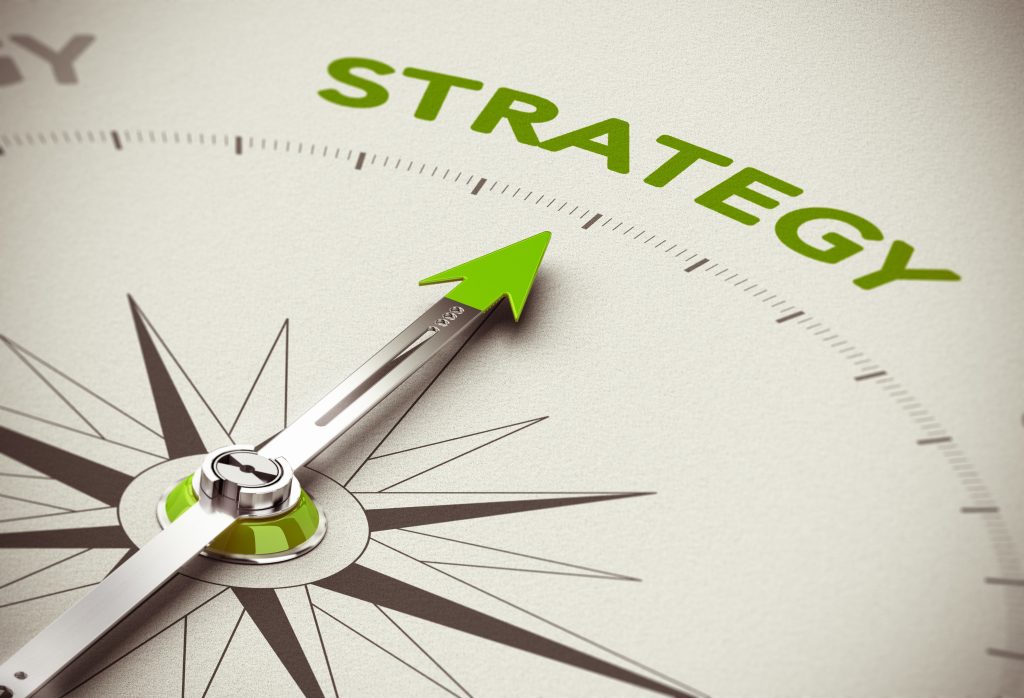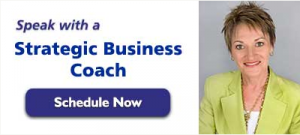Economic uncertainty can feel like navigating a ship in a storm. Mixed signals, especially prevalent in an election year, contribute to a sea of confusion for small business owners and entrepreneurs. How do you set sail and plot a course for success in such choppy waters? The answer: strategic thinking, planning, and execution in partnership with a seasoned business growth strategist. During the economic downturn of 2008, entrepreneurs faced the harsh winds of change. Businesses hunkered down as a storm of recession-battered the marketplace. And yet, amidst this tempestuous backdrop, a few resilient businesses not only survived but thrived. What set them apart?

The Bellwether of Business Resilience
My Dad, weathered by The Great Depression, often remarked, “We need to tighten our belts.” That era demanded frugality and foresight, virtues that proved vital during the 2008 recession as well. Even as we tightened our financial belts, some businesses couldn’t keep pace with the surge. However, those that could sustain a growth rate of 20% or more? They did more than stay afloat—they navigated the storm. Fast-forward to 2013, and the murmurs of a looming economic decline began to surface. These prophecies foretold a global downtrend touching down in the United States by 2020. What wasn’t predicted was the maelstrom of COVID-19—a disruption that capsized a staggering 22% of small businesses by April 2020. Yet, a year later, a beacon of optimism shone through. An astonishing 89% of small business entrepreneurs firmly believed in their businesses’ survival. In other words, we’ve been through this before.
Navigating Business Growth Rates
During my time roaming the halls of UCLA Anderson School of Business, Professors Yvonne Randle and Eric Flamholtz shared how they navigated many through the growing pains of entrepreneurship. Here’s a glimpse of the five rates of growth they charted:
- Less than 15% Annually—Growth: Steady as she goes! This rate, while not meteoric, ensures you can double your business in five years without capsizing.
- 15–25% Annually—Rapid Growth: The winds pick up. Are you prepared for the increased effort, investment, and the challenge of thinning margins? This is the stretch where strategy makes all the difference
- 25–50% Annually—Very Rapid Growth: Now you’re catching gale-force winds. The demand to expand and innovate is palpable, and so are the rewards for those who can withstand the pace.
- 50—100% Annually—Hypergrowth: At this exhilarating speed, it’s crucial to keep a keen eye on the horizon to steer clear of any obstacles.
- Greater than 100% Annually—Light-speed Growth: This is not just growth; it’s a transformation. Here, agility and foresight will determine whether you soar or crash.
In this tumultuous economic ocean, which rate is yours for the taking?
Why You Need a Business Growth Strategist
You might wonder, “Is it truly possible to achieve such growth in today’s uncertain economy?” Here’s the secret: the courageous captains who weathered the roughest seas had a “strategist” by their side, ensuring they weren’t just reacting to the waves but riding them with intent. A Business Growth Strategist isn’t just a coach or consultant; they are your partner—bringing you clarity, sharpening your focus, strengthening your resilience, challenging your premises, assisting with setting strategy, and guiding you towards the desired horizons. They provide the compass, and the map, to discover profitable routes you might have missed.
Your Call to Action
It’s time to raise the anchor and unfurl the sails. With strategic thinking, execution planning, a compass point for every decision, and a clear map of growth rates, you’re equipped to sail even the most uncertain of economic seas. Are you prepared to be the optimist who, in the face of adversity, not only survives but prospers? If your answer is a resounding “Yes,” then it’s time to join forces with a Strategist who can steer your course to safe harbor and beyond.
Take the helm. Be the beacon. Grow boldly, grow strategically. Grow sustainably.
Don’t weather this storm alone. Contact us today and discover how, together, we’ll chart a course for success that keeps your business thriving, no matter the economic forecast.













